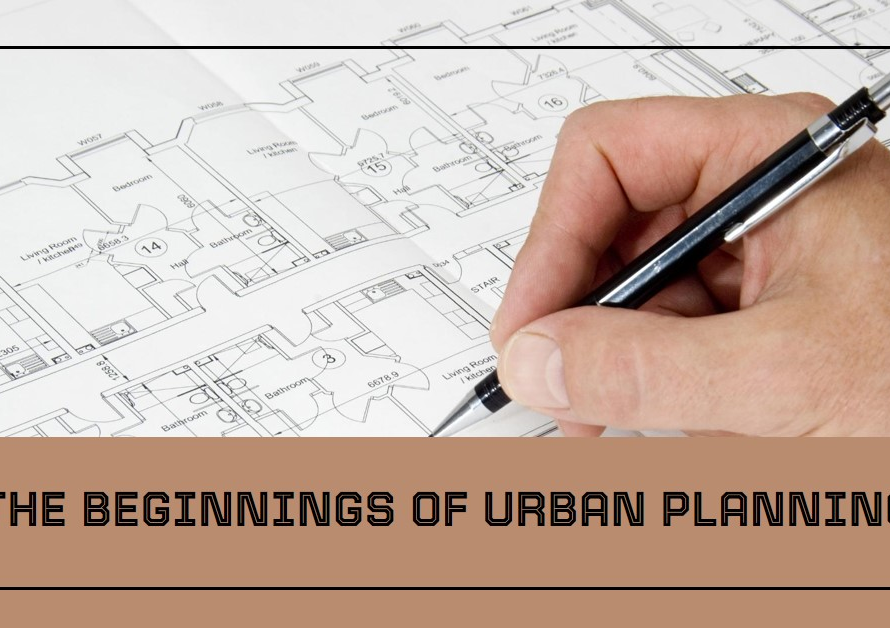
Table of Contents
1. Introduction: The Importance of Visualization in Interior Design
In the realm of 3D Interior design, the ability to visualize a space before committing to a design plan is crucial. Without a clear understanding of how different elements will come together in a room, it’s challenging to make informed decisions and ensure the desired outcome. This section introduces the concept of 3D interior design and highlights its significance in helping clients visualize their spaces before making any commitments.
2. Bridging the Gap: Understanding the Role of a 3D Interior Designer
A 3D interior designer serves as a bridge between a client’s vision and the final design execution. By leveraging advanced software and rendering techniques, these professionals can create realistic 3D models of interior spaces, allowing clients to explore different layouts, color schemes, and furniture arrangements. This section delves into the role of a 3D interior designer and how their expertise can streamline the design process.
3. Bringing Concepts to Life: The Art of 3D Rendering
One of the most powerful tools in a 3D interior designer’s arsenal is 3D rendering. Through the use of sophisticated rendering software, designers can transform conceptual ideas into lifelike visualizations, complete with realistic lighting, textures, and finishes. This section explores the intricacies of 3D rendering and its transformative impact on the interior design process.
4. Customization and Personalization: Tailoring Designs to Fit Your Vision
One of the key benefits of working with a 3D interior designer is the ability to customize and personalize every aspect of the design. Whether it’s adjusting the layout of a room, selecting specific furniture pieces, or experimenting with different color palettes, clients have the freedom to tailor the design to their unique preferences. This section highlights the importance of customization in achieving a truly personalized interior space.
5. Real-Time Collaboration: Enhancing Communication Between Designer and Client
Thanks to advancements in technology, collaboration between designers and clients has never been easier. With real-time rendering capabilities, clients can provide feedback on design concepts as they evolve, enabling designers to make adjustments on the fly. This section explores the benefits of real-time collaboration in fostering clear communication and ensuring that the final design meets the client’s expectations.
6. Minimizing Risk: Avoiding Costly Mistakes Through Visualization
One of the most significant advantages of 3D interior design is its ability to minimize the risk of costly mistakes. By visualizing the design before any construction or purchases are made, clients can identify potential issues and make necessary adjustments early in the process. This section discusses how 3D visualization helps mitigate risks and ensures a smoother, more efficient design process.
7. Streamlining Decision-Making: Empowering Clients to Make Informed Choices
Making decisions about interior design can be overwhelming, especially when faced with numerous options and considerations. A 3D interior designer helps streamline the decision-making process by presenting clients with clear visualizations of different design options. This section explores how visualization empowers clients to make informed choices that align with their aesthetic preferences and practical needs.
8. Inspiring Confidence: Building Trust Through Visual Representation
In the world of interior design, trust is paramount. Clients want assurance that their designer understands their vision and can bring it to life effectively. By providing realistic 3D visualizations of proposed designs, 3D interior designers inspire confidence and build trust with their clients. This section highlights the role of visual representation in establishing trust and fostering positive client relationships.
9. Flexibility and Adaptability: Responding to Changing Needs and Preferences
As design preferences evolve and project requirements shift, flexibility and adaptability become essential qualities in a design process. 3D interior design offers unparalleled flexibility, allowing clients to explore different design options and make changes as needed. This section discusses how 3D visualization enables designers to adapt to changing needs and preferences throughout the design process.
10. Conclusion: Embracing the Future of Interior Design Visualization


In conclusion, the advent of 3D interior design has revolutionized the way we conceptualize and execute interior design projects. By harnessing the power of advanced rendering techniques and visualization tools, designers can create immersive, lifelike representations of interior spaces, empowering clients to make informed decisions and visualize their dream spaces before committing. As technology continues to evolve, the future of interior design visualization holds limitless possibilities, promising to further enhance the design process and elevate the client experience.


